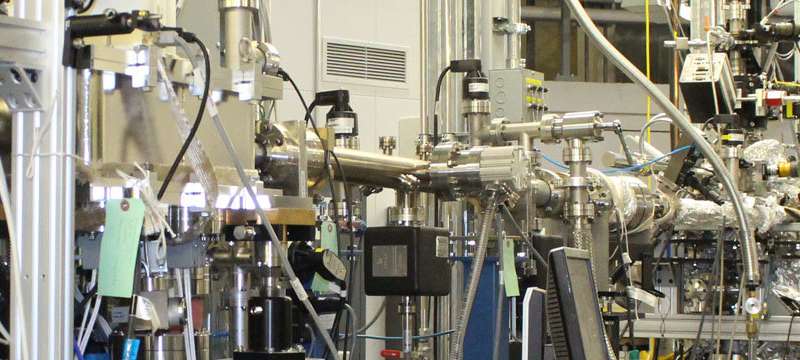
Methane may be key to developing a cheaper and higher quality biofuel. Credit: The University of Calgary
Researchers now believe they have developed a better way to produce biofuels from biowaste by using methane and a new catalyst.
A team from the University of Calgary have developed a simpler and cleaner method to produce higher quality, more stable fuel from biowastes like sewage that could reduce the reliance on fossil fuels.
“This puts biofuel closer to being a good substitute for fossil fuels,” Hua Song, an associate professor of chemical and petroleum engineering at the University of Calgary, said in a statement.
Biowaste is currently converted into biofuel in a complex two-step process, where is it first converted into a biocrude oil using a chemical and thermal process. The biocrude oil is then refined by adding hydrogen under high pressure and heat to remove contaminants like sulfur, nitrogen and oxygen.
However, the process is energy intensive, expensive and results in carbon waste being left in the form of char and carbon dioxide emissions.
The researchers set out to simplify the conversion process in a way that is sustainable, cost-effective and clean.
“In our work, we’ve developed a process which simultaneously produces and upgrades bio-oil in one step and without the need for high pressures,” Song said.
To simplify the process, the researchers replaced the hydrogen with methane for the purification process. The team used the methane directly in the crude stage, but chemically removed the hydrogen from the methane during the purification process.
They then developed a catalyst that reacted with the methane to trigger it to release the hydrogen. However, because methane is a very stable compound it is difficult to get it to react with other compounds.
The researchers coated the surface of several samples of the new catalyst—dubbed HZSM-5—with different materials to improve its ability to react with methane. The team then analyzed the samples and studied the surface features using the bright light of the synchrotron.
Song said from this they could predict which coatings would react best with the methane to release hydrogen.
Initial studies show that the new approach is more efficient and has lower potential production costs than current methods. Carbon also remains in the oil in the liquid, which leads to a better quality biofuel that is more stable with significantly less greenhouse gas emissions.
The study was published in Fuel.




